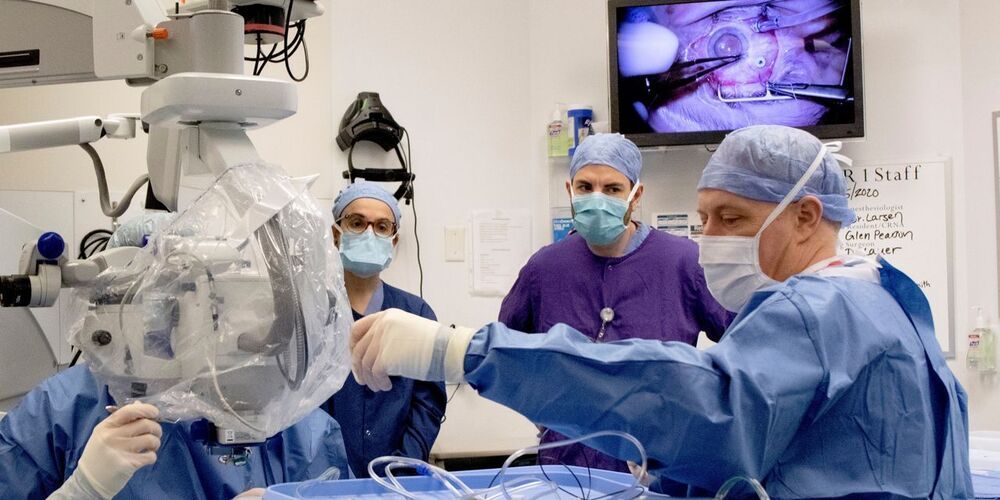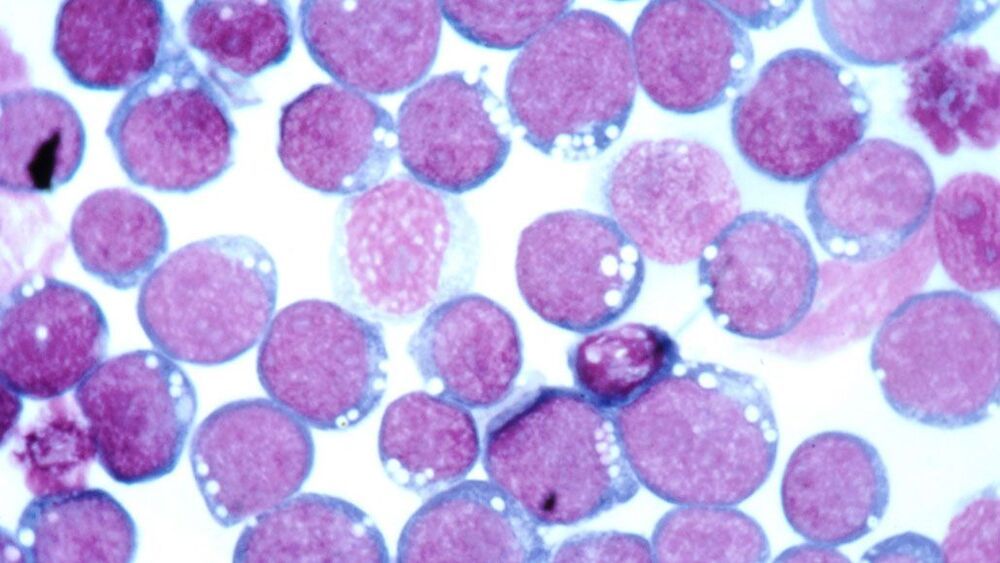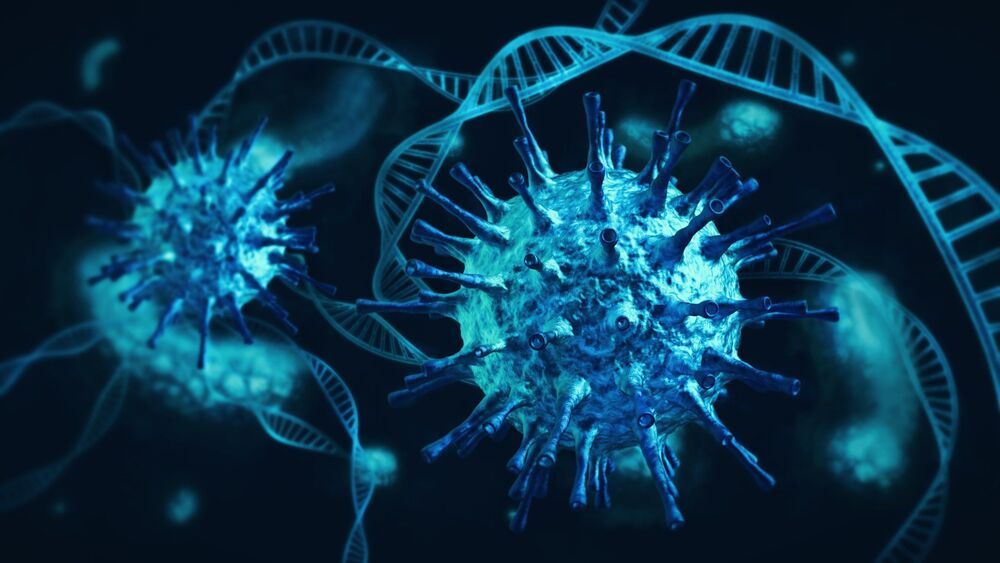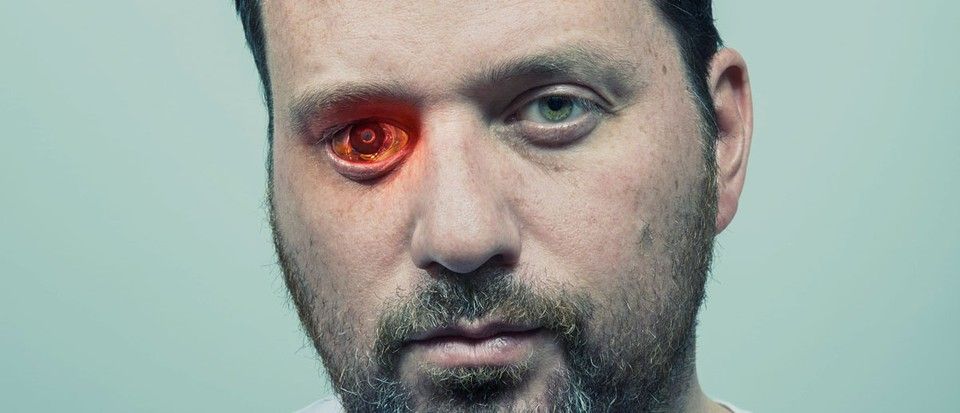The compounds can form PFAS, also known as “forever chemicals,” which have been linked to cancer and birth defects. The E.P.A. approvals came despite the agency’s own concerns about toxicity.




The formula for launching a machine learning company in health care looks something like this: Build a model, test it on historical patient data in a computer lab, and then start selling it to hospitals nationwide.
Suchi Saria, director of the machine learning and health care lab at Johns Hopkins University, is taking a different approach. Her company, Bayesian Health, is coming out of stealth mode on Monday by publishing a prospective study on how one of its lead products — an early warning system for sepsis — impacted the care of current patients in real hospitals.

Olympic stadiums can be costly and wasteful. Some have argued for a single, more sustainable, location that can be used year after year.
The summer Olympics have been a quadrennial tradition ever since the late 1800s—when modern sports and rivalries freshened up the ancient tradition. Since COVID-19 crashed the schedule for last years’ events, now the world is gearing up again for another round of competition in Tokyo.
Transporting athletes and fans from all over the world and to cities hosting the Olympic games comes with a gigantic carbon footprint, for example, the 2021 London Olympics had an estimated footprint of over 400 thousand tons of CO2 emissions. Constantly building brand-new stadiums every few years that often go unused after the games, with very few exceptions, is also extremely wasteful. The 2016 Rio Olympics whipped up a whopping 3.6 million tonnes of carbon when including all that went into infrastructure. Eerie listicles of decaying stadiums, including Rio’s, litter the internet with costly examples of the wasted hundreds of millions of dollars worth of labor and materials that go into just one site.
For as long as the games have existed, there have been proponents of having just one Olympic location. King George of Greece gave a speech offering to permanently host the games in the spirit of its origins in 1896, the year of the first modern Olympic games. Some countries, like the United States, agreed, while others, including Pierre de Coubertin who revived the modern Olympics, worried that it would make the games too Hellenistic and that it would hurt the international spirit behind the worldwide event. John Rennie Short, a public policy professor at the University of Maryland, has spoken in the past about the environmental and financial benefits of having the games in a singular location.


The innovative material that creates green energy through mechanical force.
A new nanotechnology development by an international research team led by Tel Aviv University researchers will make it possible to generate electric currents and voltage within the human body through the activation of various organs (mechanical force). The researchers explain that the development involves a new and very strong biological material, similar to collagen, which is non-toxic and causes no harm to the body’s tissues. The researchers believe that this new nanotechnology has many potential applications in medicine, including harvesting clean energy to operate devices implanted in the body (such as pacemakers) through the body’s natural movements, eliminating the need for batteries.
The study was led by Prof. Ehud Gazit of the Shmunis School of Biomedicine and Cancer Research at the Wise Faculty of Life Sciences, the Department of Materials Science and Engineering at the Fleischman Faculty of Engineering, and the Center for Nanoscience and Nanotechnology, along with his lab team, Dr. Santu Bera and Dr. Wei Ji.

University of Maryland scientists discover that match matters: The right combination of parents in nematode worms can turn a gene off indefinitely.
Evidence suggests that what happens in one generation — diet, toxin exposure, trauma, fear — can have lasting effects on future generations. Scientists believe these effects result from epigenetic changes that occur in response to the environment and turn genes on or off without altering the genome or DNA sequence.
But how these changes are passed down through generations has not been understood, in part, because scientists have not had a simple way to study the phenomenon. A new study by researchers at the University of Maryland provides a potential tool for unraveling the mystery of how experiences can cause inheritable changes to an animal’s biology. By mating nematode worms, they produced permanent epigenetic changes that lasted for more than 300 generations. The research was published on July 9, 2021, in the journal Nature Communications.

Summary: Axonal swelling in the Purkinje cells of mice had no detrimental impact on firing rate or the speed at which axons transmit signals. At peak firing rate, axons with swellings were less likely to fail than those without.
Source: McGill University.
Researchers at McGill University have shown that a brain cell structure previously thought to be pathological in fact enhances cells’ ability to transmit information and correlates with better learning on certain tasks.

To develop its drug, Vir “deliberately isolated an antibody that binds to a part of the virus that is very difficult for the virus to mutate,” he said. That piece of the virus is “conserved, not only in all the variants, but in SARS-1… and in a whole family of coronaviruses.”
Vir knew the variant onslaught was coming, said the company’s executive vice president of research and chief scientific officer, Herbert “Skip” Virgin, M.D., Ph.D. So far, added Scangos, its premise of targeting a conserved site to maintain efficacy against mutations “seems to be holding true.”
Sotrovimab “appears to retain activity against variants of concern” like alpha, beta, gamma, epsilon and iota, the National Institutes of Health noted in recently updated COVID-19 treatment guidelines. Last week, GSK and Vir provided data suggesting that delta also belongs to that list. Updated lab experiment data posted on the preprint repository bioRxiv showed sotrovimab’s activity against 14 variants including the troubling delta variant—which first surfaced in India and appears to spread more rapidly than the already-speedy alpha—was very similar to that against the original SARS-CoV-2 virus.
While several vaccines now stand tall in the fight against COVID-19, therapies—and antibody drugs in particular—have had a decidedly tougher time. Saddled with access issues and beset by fast-emerging variants, firstcomer Eli Lilly has recently been forced to rethink its tactics. Now, GlaxoSmithKline and Vir Biotechnology are applying those lessons to their solo agent sotrovimab.
Backed by promising phase 3 data and lab results showing efficacy against a suite of virus variants including the lurking delta variant, sotrovimab still has a big role to play in the pandemic, executives from GSK and Vir said in a recent joint interview with Fierce Pharma and Fierce Biotech.
Federal officials seem to agree. Late last week, the U.S. paused the distribution of Eli Lilly’s combo of bamlanivimab and etesevimab until further notice, citing the ascent of the gamma and beta variants stateside. With Lilly’s drug struggling to keep pace with mutations, the Assistant Secretary for Preparedness Response and the FDA urged healthcare providers to switch to other authorized antibodies like sotrovimab and Regeneron’s cocktail REGEN-COV, both of which are “likely to retain activity” against the gamma and beta variants, which now make up more than 11% of sequenced U.S. coronavirus cases, ASPR said in a release.

Humans are integrating with technology. Not in the future – now. With the emergence of custom prosthetics that make us stronger and faster, neural implants that change how our brains work, and new senses and abilities that you’ve never dreamed of having, it’s time to start imagining what a better version of you might look like.
From reality-enhancing implants to brain-controlled exoskeletons, breakthroughs in bio-tech have fuelled a new fusion of machinery and organic matter.